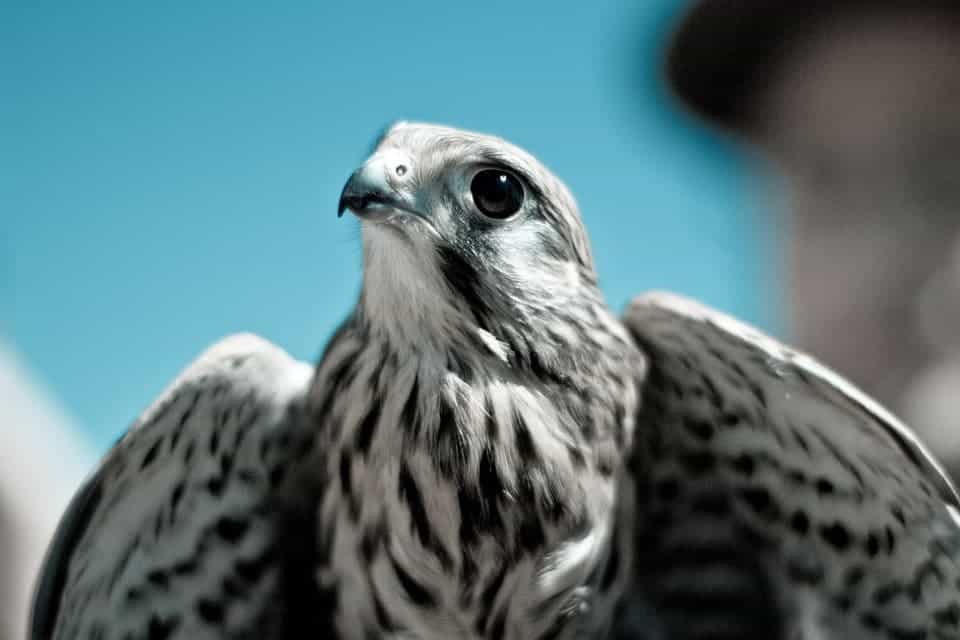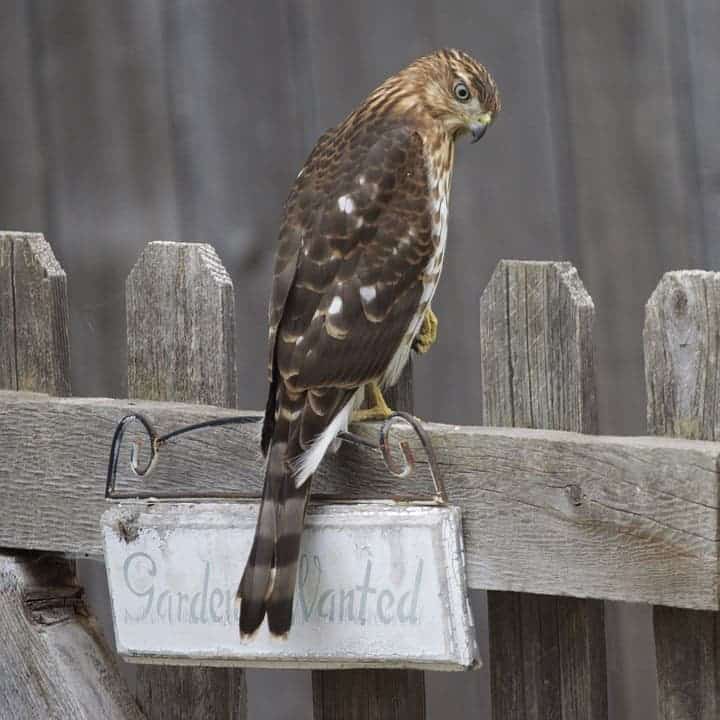So, should we call them cityhawks now?

Image via Pixabay.
Researchers from the University of Wisconsin-Madison report that woodland hawks, a species that suffered greatly, are making a comeback — and they’re doing it in the big city.
Wildly urban
“Top predators are beginning to use urban areas more frequently and establish breeding populations, and hawks are a nice example of this,” explains Benjamin Zuckerberg, a University of Wisconsin-Madison professor of wildlife ecology and a senior author of the new study.
“For hawks, the secret is out: There is a hyperabundance of prey [in the city].”
Woodland hawks (subfamily Accipitrinae) have made themselves at home in our cities, the team reports. The hawks have adapted so well that an increasing number of those in the neighboring rural areas are city-bred predators.
The secret underpinning their colonization is the 35 million Americans who stock feeders every day to attract songbirds. The hawks themselves aren’t concerned with the seeds — but they’re very interested in the songbirds. This high availability of food is the single most important factor drawing birds such as Cooper’s and sharp-shinned hawks to the city, says Jennifer McCabe, a UW-Madison postdoctoral fellow who led the new study.
Hawks have had a rough time since the industrial revolution. Land clearing combined with increasing use of pesticides and hunting have caused the various species of woodland hawks to plummet in numbers. Things took a turn for the better, first around the 1960s and 1970s, with the US imposing bans on the use of DDT over health and environmental concerns (1972), and later with the Migratory Bird Treaty Reform Acts of 1998 and 2004, offering extra protection for the species against capture or killing by humans.
Still, the problem of habitat destruction remained unresolved and, as populations rebounded, hawks began to move into urban areas, the study concludes. In Chicago’s case, easy pickings at bird feeders significantly aided the hawk in establishing a foothold in the city, says McCabe.
The bird-feeding birds we’re feeding

The study drew on more than 20 years of citizen science data gathered by participants of Project FeederWatch (an initiative of the Cornell Lab of Ornithology). As part of FeederWatch, people who feed birds helped document avian activity in their backyards. Zuckerberg says the program is “perfect […] for this kind of research” as it allows scientists to document both hawks and their prey.
The key insight from the study is that food availability is the key parameter bringing hawks to the city. It’s an unexpected finding, to say the least, because species such as Cooper’s and sharp-shinned hawks are woodland predators par excellence: they’re so-called “perch and scan” hunters, waiting on tree branches for a meal to come within striking distance and swooping down on it. Cities, as you may know, are particularly un-branchy. Finding that canopy cover was not a prerequisite necessity for the hawks to move in was therefore quite surprising.
Here’s where bird feeders come into the picture. These static, abundant, and usually low-lying sources of food attract a lot of birds and create an artificial ecosystem of sorts that the hawks are more than happy to tailor their hunting patterns for. Using Project FeederWatch data from 1996 to 2016, McCabe and her colleagues mapped the steady advance of these birds from rural areas to the urban center of Chicago. The pattern also occurs in many other North American and European cities (with European sparrowhawks, Accipiter nisus), they add.
“Bird feeders,” says Zuckerberg, “are like buffets. It is an easy meal.”
“Prey biomass wasn’t an important driver of colonization or persistence,” McCabe notes. “Much of the literature states, at least for Cooper’s hawks, that they prefer larger-bodied prey like doves and pigeons. Perhaps these hawks are cueing in on the sheer number of birds and not particular species.”
“However, they aren’t nesting in the winter, meaning they are more concerned about their own survival and not raising young. So it makes sense that food availability would be so important.”
One important lesson to take home from this research is that cities are an increasingly important habitat for wildlife. “Don’t discount urban areas as habitat,” McCabe says, adding that a better understanding of how such species move into urban areas can help us better “manage wildlife in an ever-developing world.”
“Across the world stories are popping up about predators expanding into cities,” she says. “Bear and cougars in the U.S., leopards in India, and red foxes in Europe, to name a few.”
Personally, I think it’s awesome that hawks are coming to crash on our figurative couch. They’re like zero-maintenance pets in my book!






